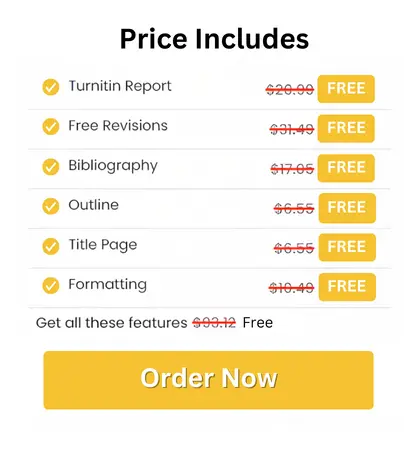
How to Avoid Plagiarism in Sydney University Assignments
Sydney University assignments aren't just a means to gain marks. They're an opportunity to showcase your thinking, research skills, and originality. But the biggest challenge in academic writing is how to avoid plagiarism. This concern isn't just because you might lose marks, but also because it can impact your honesty and credibility.
What is plagiarism?
Most students believe that plagiarism occurs only when you copy an entire paragraph. But in reality, using someone else's words, ideas, data, or structure without citing them is also plagiarism. In Sydney University assignments, it's crucial to clearly indicate which ideas are yours and which are someone else's.
For example, if you're using statistics from a report in your assignment, or repeating an author's argument in your own words, you should still cite the source. Each department has a different reference style – APA, Harvard, and Chicago – so it's important to know and apply it correctly.
Planning on Time
Most unintentional plagiarism results from last-minute work. In a hurry, we forget to note sources, or the paraphrasing isn't accurate. So, create an outline as soon as the assignment begins: what the thesis will be, what the main arguments are, and which sources you will use.
Write down the full details of each source while researching – author's name, title, publication year, page number, or URL. You can also use tools like EndNote, Mendeley, or Zotero. This not only helps with citation but also reduces the hassle of remembering later.
The Art of Paraphrasing
Good paraphrasing demonstrates that you understand the source. Simply changing the words isn't enough. The correct approach is to read the source carefully, then put it aside and rewrite it in your own words. Later, compare it to the original to see if the sentence structure or words are off.
For example, if a report says, "Student participation increased by 40% over the last five years," you could write it like this: "Student participation has seen a significant increase in recent years." The statistic is the same, but the words and presentation are yours. Remember to cite the source even after paraphrasing.
Balancing Quotations and Summarisation
Citations are helpful in Sydney University assignments, but simply citing a quote isn't enough. Use quotations when the author's words are technically important. Summarise a larger passage in your own words and cite the source.
The goal should be to have quotations and summarisation strengthen your analysis. For example, after summarising an article's point of view, add your own thoughts on why this information justifies your argument.
Proficiency in Referencing Style
Every department has its own preferred style. Once you've decided on the style, study all its rules – author's name, year, page numbers, punctuation, italics, and capitalisation. In-text citations and reference lists should be consistent.
If you used graphs, images, data, or interviews, cite them properly. Proper referencing gives your work a professional look and guides the reader to further reading.
Use Plagiarism-Checking Tools
Use Turnitin or a university-approved plagiarism checker before submitting the assignment. Review the report carefully. Common phrases may match, but if a significant portion is found without citations, rewrite it or add citations.
Keep in mind that these tools are helpful, not the mainstay. Your writing habits and understanding are the strongest protection.
Long-Term Academic Integrity
Avoiding plagiarism isn't just about one assignment. It's essential to make it a part of your entire academic life. Keep your drafts safe, don't share work without permission, and seek timely assistance from a tutor or learning support if you have any doubts about referencing.
Think critically as you read, ask questions, and add your own perspective to each idea. For example, when reading an article, think – “Do I agree with this? Why? Could there be another perspective?” This helps you not only absorb information but also evaluate it.
Conclusion
If you understand what plagiarism is, plan, paraphrase and summarise correctly, master citation and referencing styles, use checking tools wisely, and adopt ethical habits, you can avoid plagiarism.
This practice will not only make your Sydney University assignments original and trustworthy, but will also develop you as a responsible researcher and independent thinker. Your assignments will reflect your own voice, hard work, and thinking, and you will meet the University's high standards.



 81 Isla Avenue Glenroy, Mel, VIC, 3046 AU
81 Isla Avenue Glenroy, Mel, VIC, 3046 AU



